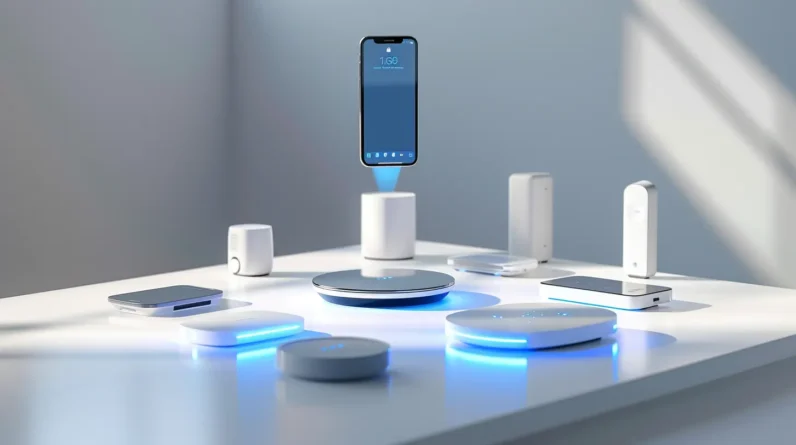
We’re on the cusp of a revolution where AI-powered devices will feel like family members. They’ll mimic our emotions, offer personalized experiences, and provide unparalleled convenience. As we interact with these devices, we’ll form emotional bonds, driven by their ability to understand us. We’ll explore how AI fosters these connections, and what this means for our future with smart devices, and as we look closer, we’ll uncover more about this emerging reality.
Emotional Bond and Social Presence Effects
As we explore the domain of AI and smart devices, we find that emotional bond formation with these technologies is a complex phenomenon, driven by algorithmic emotional intelligence that enhances our interaction with them, satisfying our latent needs for intimacy. We observe that Emotional Intelligence fuels Social Connections, fostering pseudo-intimacy through continuous emotional feedback. This dynamic leads to deepened user-device relationships, blurring lines between human and machine interactions. By mirroring human emotions, AI platforms create a sense of social presence, further solidifying emotional bonds and influencing our perception of intimacy and connection. Emotional Intelligence is key to this phenomenon.
Enhanced Convenience and Automation Integration
We’ve explored how AI-driven emotional intelligence fosters deepened user-device relationships, and now we’re focusing on how these technologies integrate into our daily lives to enhance convenience and automation. We’re seeing significant advancements in Device Integration, with 63% of US households expected to have at least one smart home device by 2025. Smart Automation is also on the rise, with voice assistants handling 90% of voice commands and smart home systems reducing energy costs by 20%. This integration of AI into our daily routines is making our lives more efficient, convenient, and automated, through features like remote monitoring and automated routines.
Growth and Market Expansion of AI Smart Devices
The growth and market expansion of AI smart devices is driven by significant advancements in technology and increasing demand from various industries, which will propel the global Edge AI in smart devices market to reach USD 385 billion by 2034. We’re seeing market trends shift towards Edge AI adoption, driven by technological advancements. These advancements enhance device functionality, reducing latency and increasing processing power. As a result, we expect the market to experience rapid growth, with the global Edge AI market projected to increase at a CAGR of 30.2% from 2025 to 2034, driven by emerging market trends and innovations.
AI Personalization and Intuitive Interaction
Driven by technological advancements, our exploration of AI smart devices now shifts towards the role of AI personalization and intuitive interaction in enhancing user experiences. We’re creating personalized recommendations through advanced algorithms that analyze user data. Adaptive interfaces enable seamless interactions, anticipating user needs and adapting responses. By integrating multi-modal inputs, we’re developing conversational interfaces that mimic human communication patterns. This leads to more intimate and understanding interactions, fostering a sense of connection with smart devices. As a result, we’re increasing user satisfaction and engagement through tailored experiences, making smart devices feel more like family members.
Privacy, Security, and Adoption Challenges
As we explore the domain of AI-powered smart devices, concerns about privacy, security, and adoption challenges come to the forefront, because many of these devices collect and process vast amounts of personal data without explicit user consent. We recognize that Data Protection is essential to mitigate Security Risks. Unauthorized access to AI-powered devices can lead to exposure of personal identifiers. Implementing strict privacy policies and AI-specific disclosures is essential for transparency. We must address Security Risks through secure data processing and storage practices to build trust and facilitate adoption. Effective Data Protection measures are pivotal to guarantee secure AI integration.
Conclusion
We’ll soon be having deep conversations with our smart devices, thanks to AI. It’s not creepy at all that they’ll know our habits, anticipate our needs, and basically become our clingy family members – we’ll just call it “convenience”. Get ready for the ultimate blurring of lines between tech and creepy relatives.







